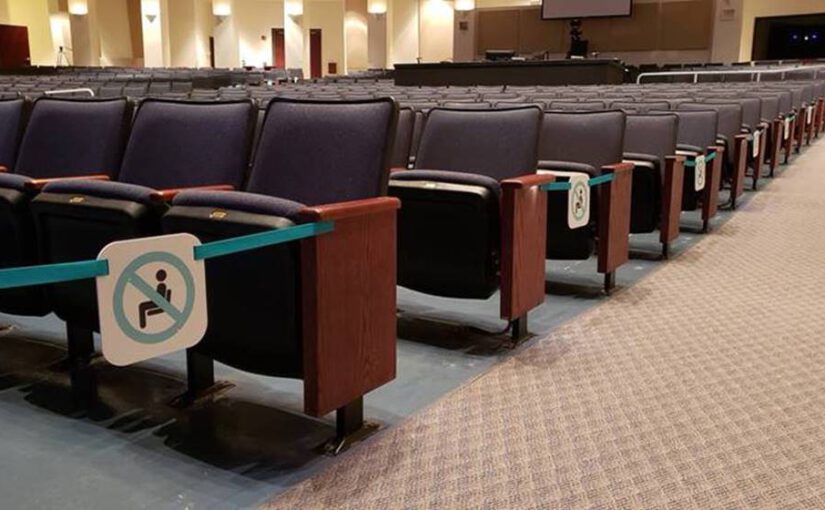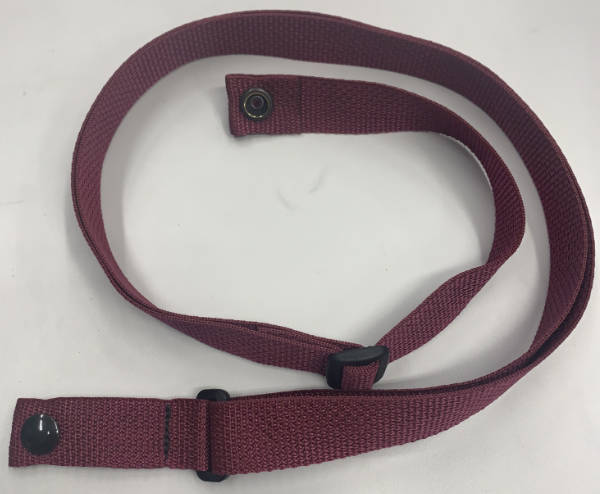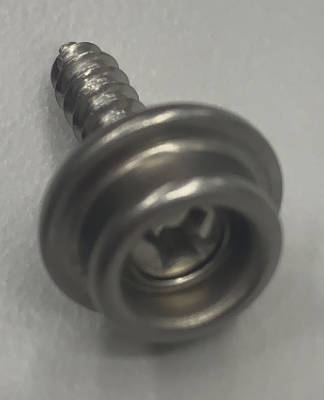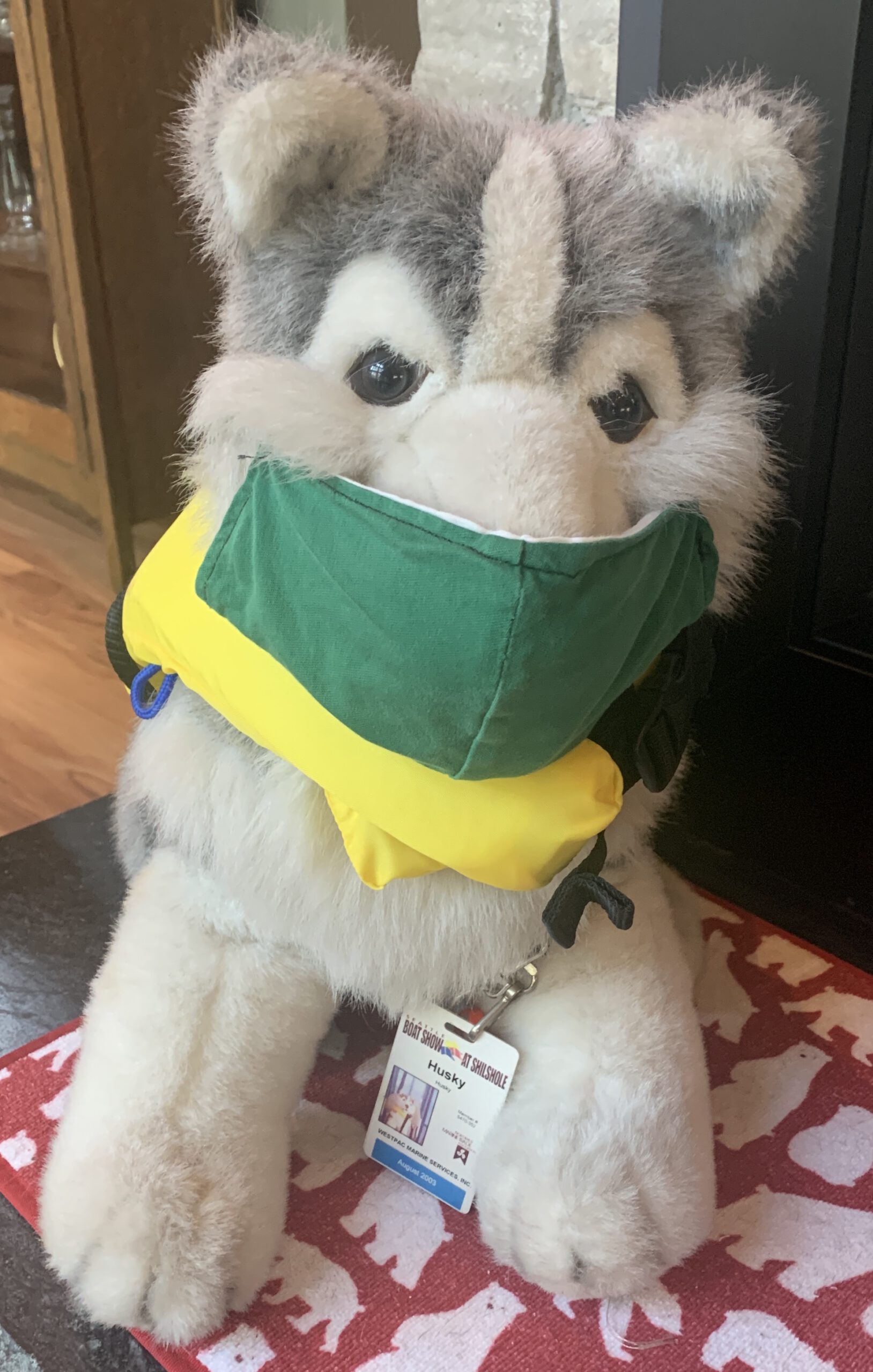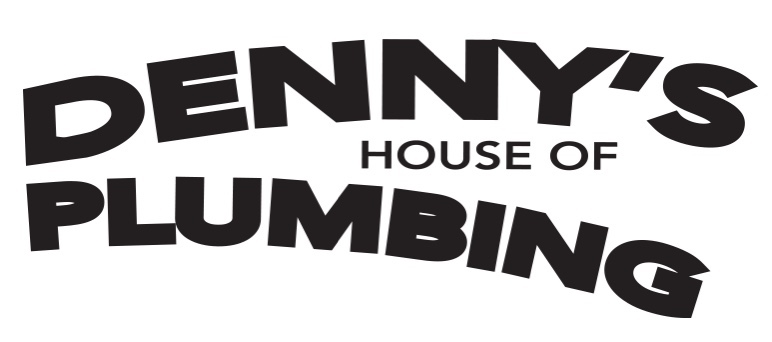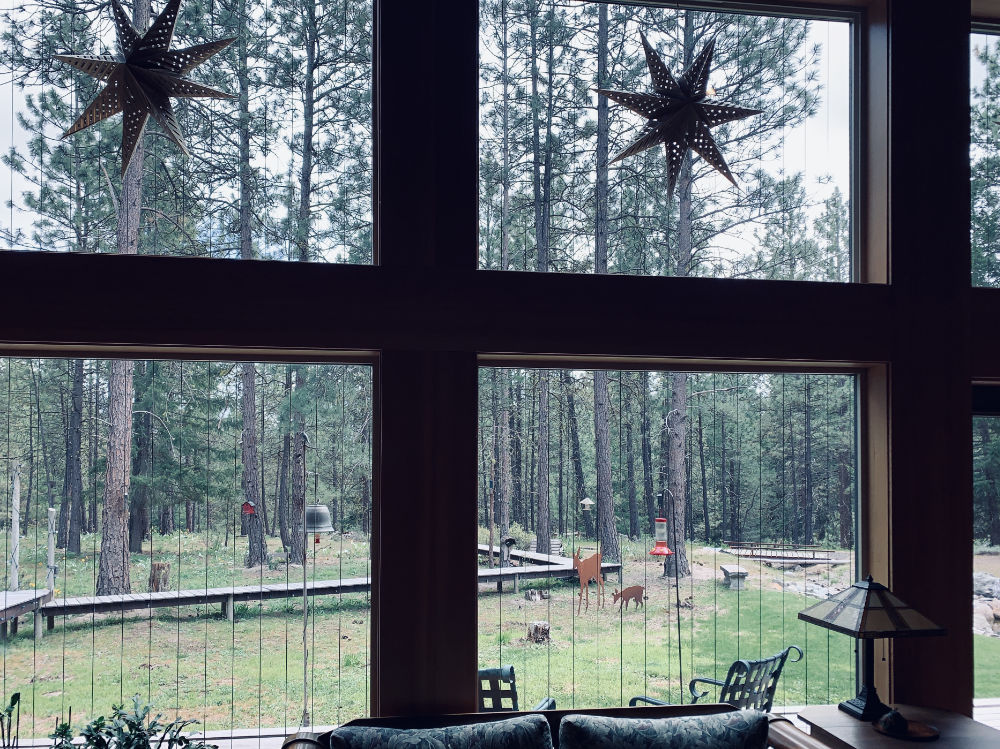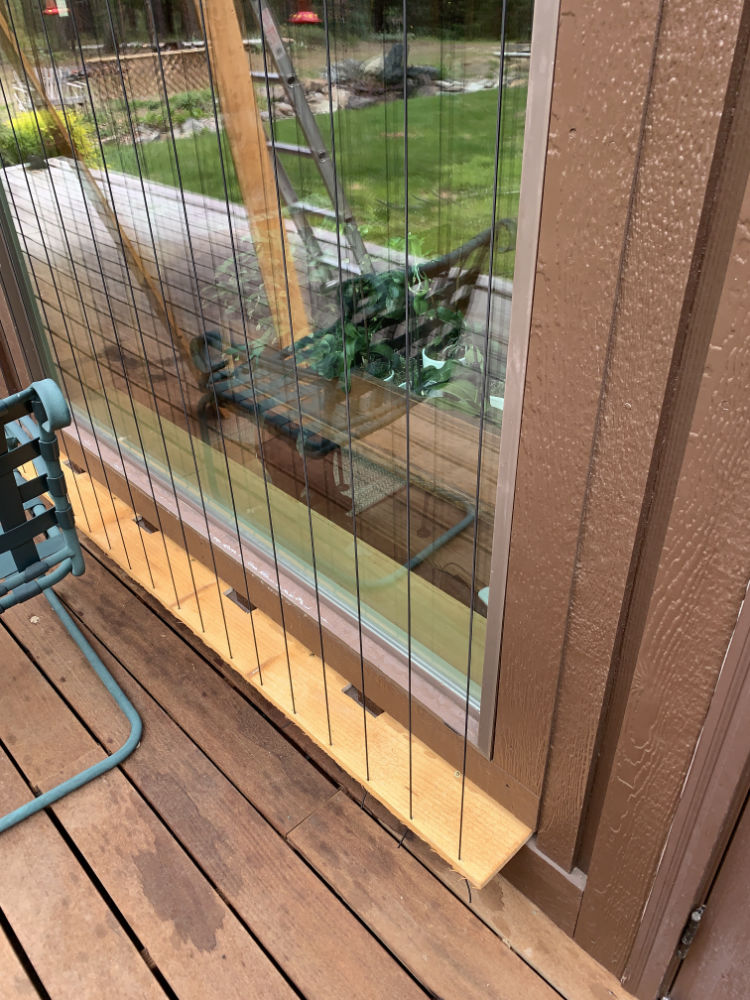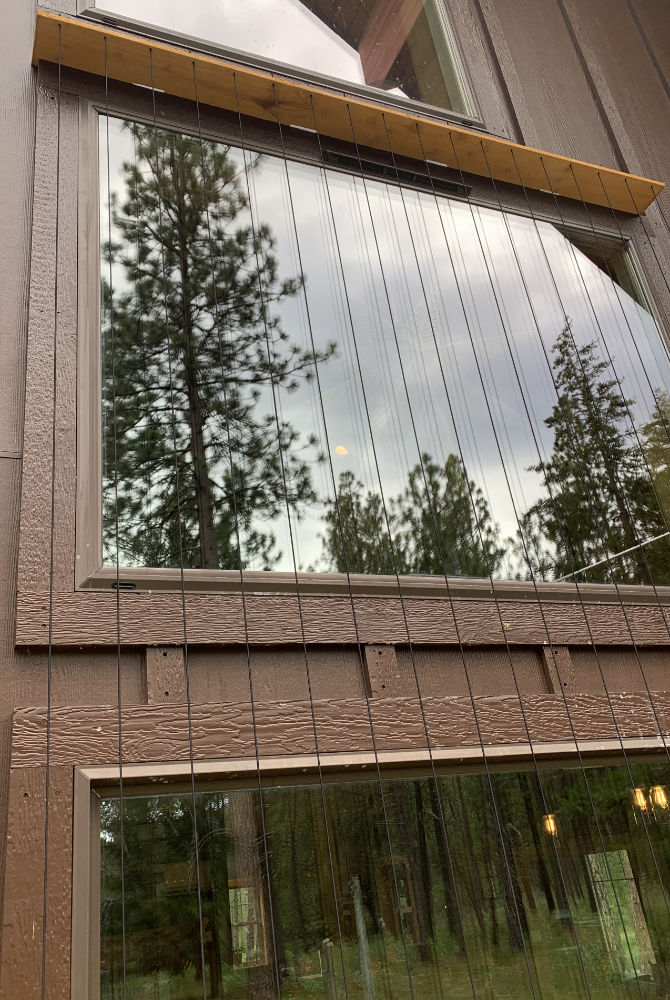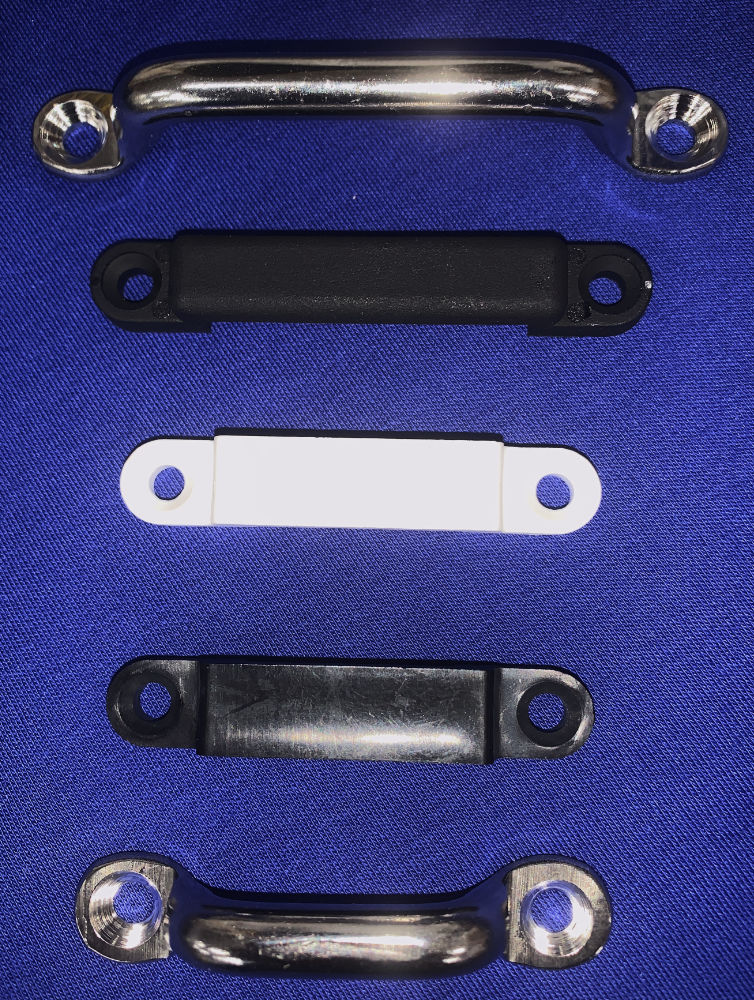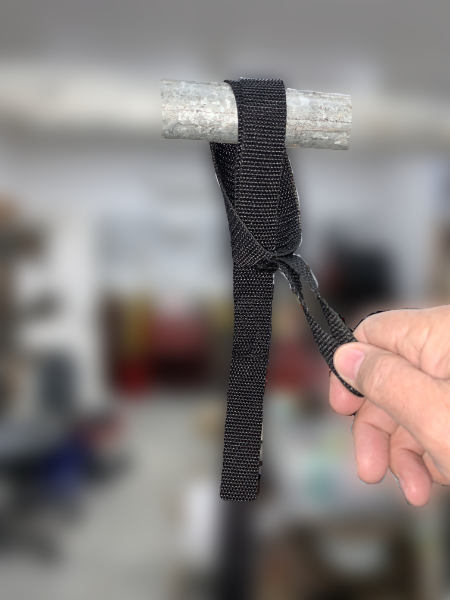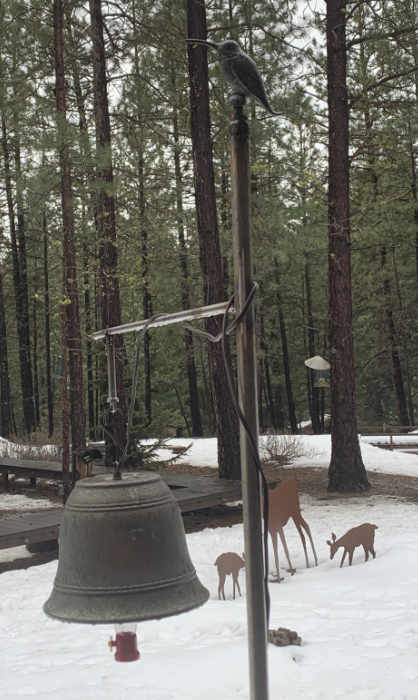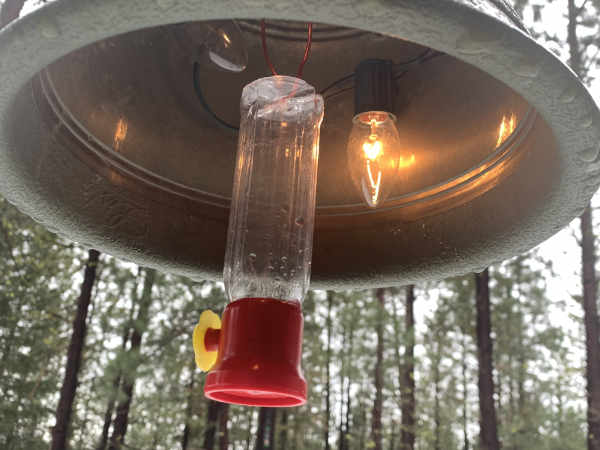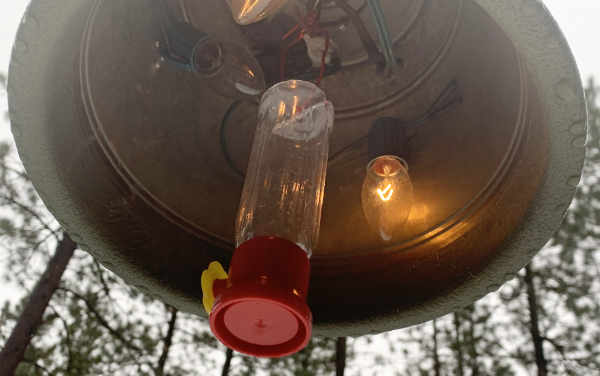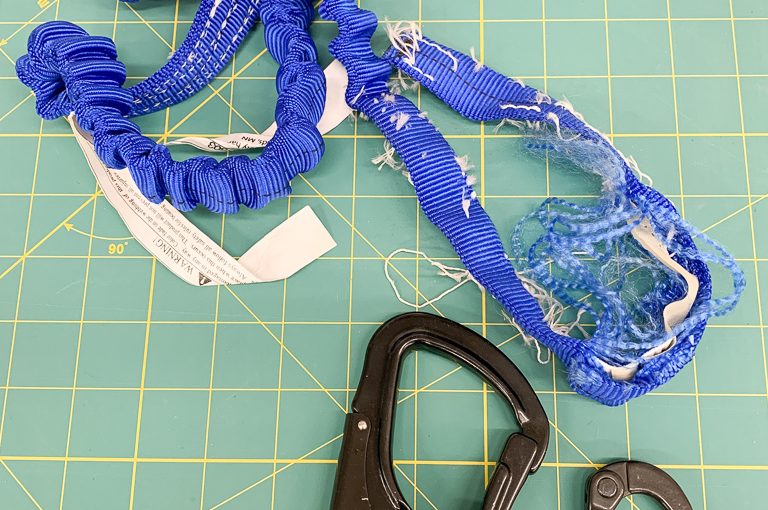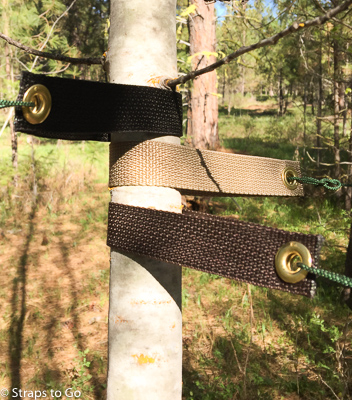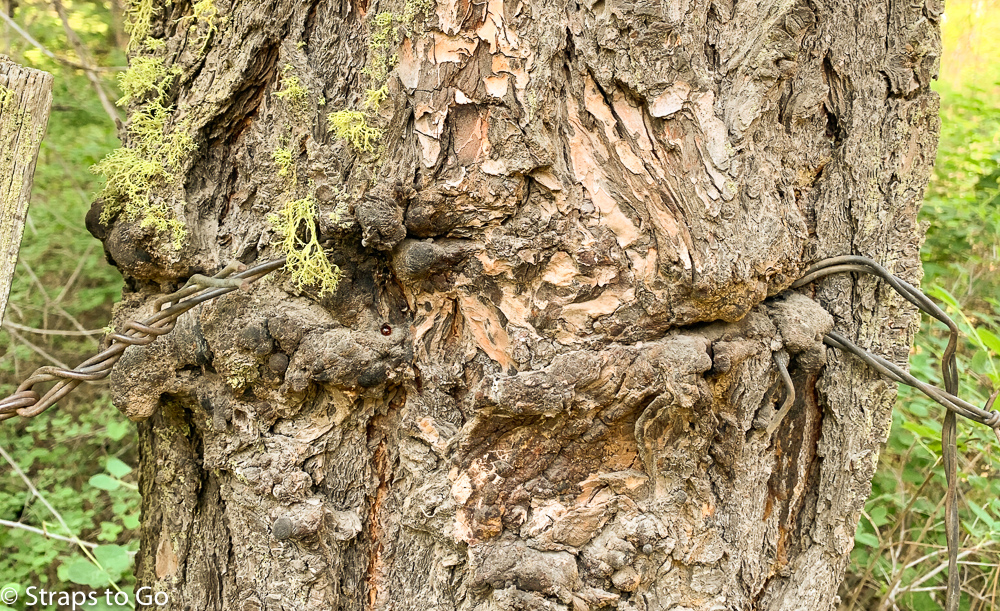The Berry Amendment mandates that the Defense Department gives preference to items made in the United States out of domestic materials when purchasing fabric products (and others).
In the case of webbing and buckles, that means that not only does the product need to be made in the U.S.A. but all of the raw materials must be made here. Nylon fiber, raw plastics for buckles, dyes, the list goes on. Once a manufacture has their raw materials they must be converted to a finished product in the United States.
Some products are easy to source. Most of the plastic buckles that we purchase from American Cord & Webbing (ACW) are Berry Compliant. Webbing is more difficult. Polypropylene webbing is for the most part imported. Manufacturers will import nylon fiber and convert it in to webbing in the US. That product is not Berry Compliant since the fiber is imported. It can be labeled as Made in the USA which only requires that the majority of the cost is based in the USA.
All of this started in 1941 by Representative Ellis Yarnall Berry and it has been amended several times since then. In 2009 Congressman Larry Kissell brought similar requirements for textile and apparel products purchased by the U.S. Department of Homeland Security.
- If your customer is asking for Berry Compliant products they should come with a Certificate of Compliance.
- Made in the U.S.A. is not a guarantee that the product is Berry Compliant.
- If your supplier does not know about Berry Compliance it is doubtful that their products make the grade.
- Expect to pay more for Berry Compliant products, especially webbing.
- You might run in to minimum order quantities greater than for non-Berry products.
